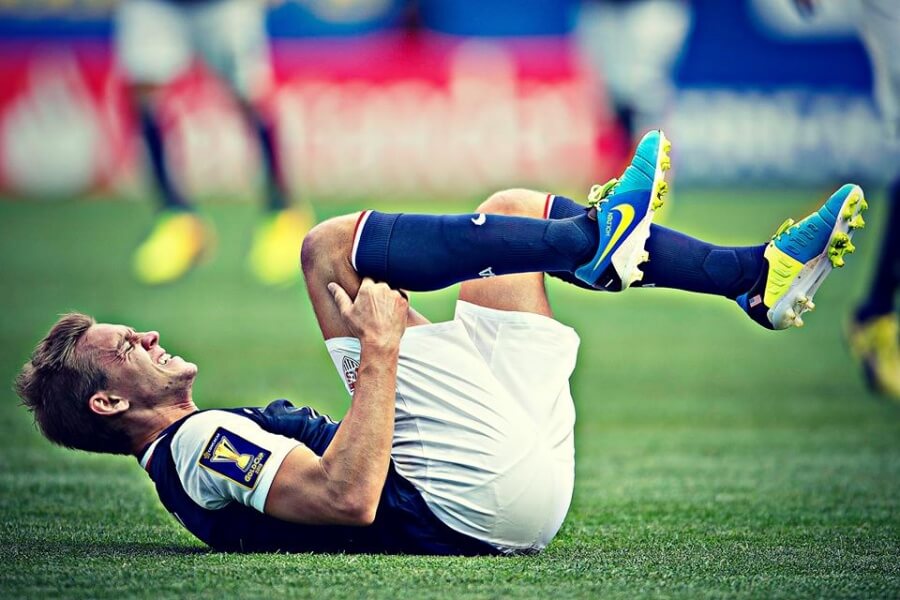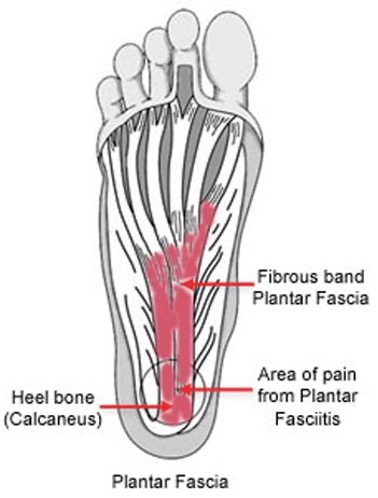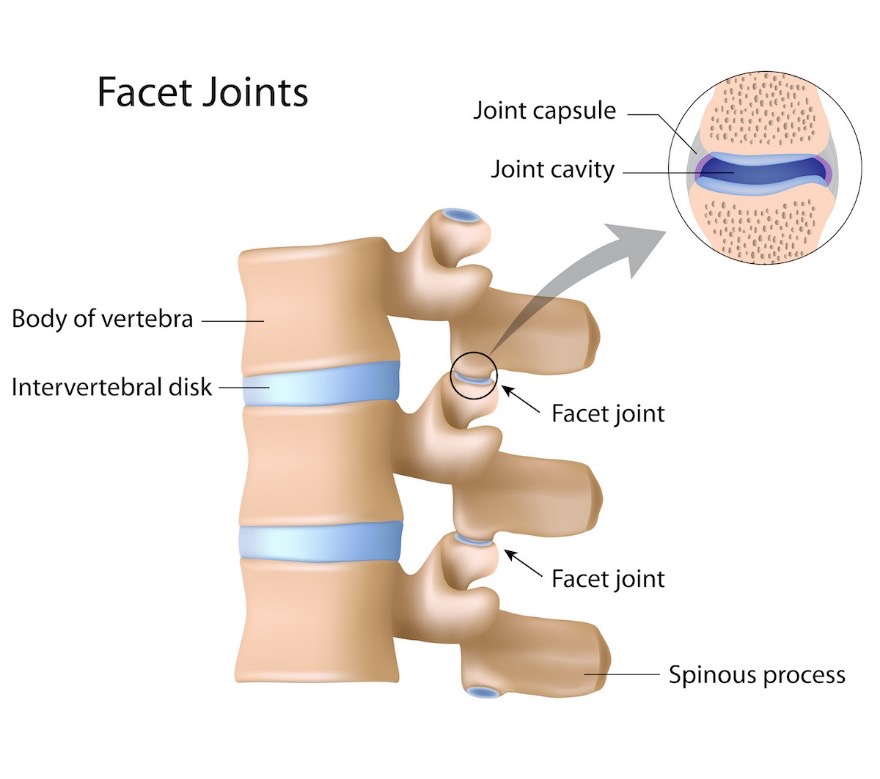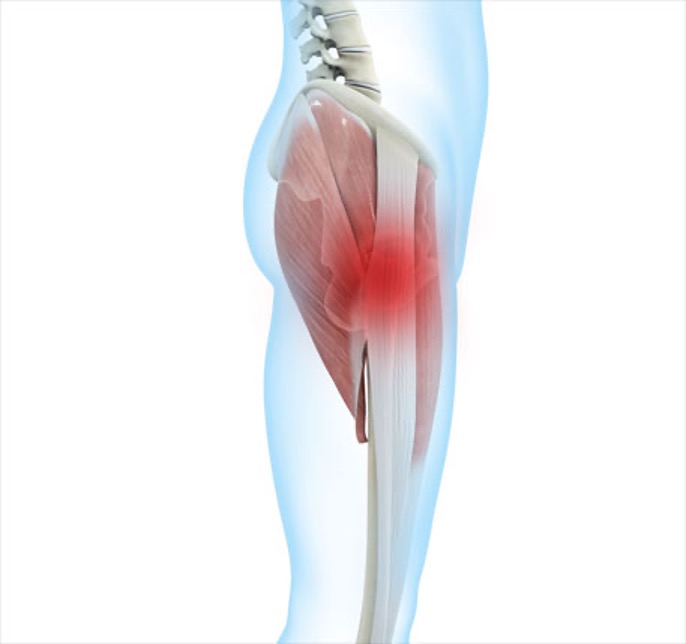What are Sporting Injuries?
Sprains and strains, knee injuries, or tennis elbow, caused by overuse, direct impact, or use of force while playing sport.
Overview
Sports injuries occur during exercise or while participating in a sport.
You’re at risk for sports injuries if you:
- Haven’t been regularly active
- Don’t warm up properly before exercise
- Play contact sports
Causes and types of sports injuries
Different sports injuries produce different symptoms and complications. The most common types of sports injuries include:
- Sprains. Caused by an overstretching or tearing of the ligament. Ligaments are pieces of tissue that connect two bones to one another in a joint.
- Strains. Caused by overstretching or tearing of muscles or tendons. Tendons are thick, fibrous cords of tissue that connect bone to muscle.
- Knee injuries. Can be caused by impact or overstretching. It is an injury that interferes with how the knee joint moves. It could range from an overstretch to a tear in the muscles or tissues in the knee.
- Swollen muscles. Caused by the rush of fluids sent to the muscle to repair the damage. The swelling is a natural reaction to an injury. Swollen muscles may also be painful and weak.
- Achilles tendon rupture. Caused by the sudden increase in stress on your Achilles tendon. The Achilles tendon is a thin, powerful tendon at the back of your ankle. During sports, this tendon can break or rupture. When it does, you may experience sudden, severe pain and difficulty walking.
- Bone Fractures. Caused by a force exerted again the bone harder than the bone. The degree of the fracture usually depends on the force that caused the break. If the bone’s breaking point was exceeded only slightly, the bone may crack rather than break all the way through. If the force is extreme, the bone may shatter or snap.
- Dislocations. This is when a bone is forced out of its socket due to a hard blow to the joint. This can be painful and lead to swelling and weakness and will need to be reset.
- Rotator cuff injury. Four pieces of muscle work together to form the rotator cuff. The rotator cuff keeps your shoulder moving in all directions. A tear in any of these muscles can be caused by overuse, for example golfing or swimming which uses the arm all the time, or a fall or collision in contact sport.
Complications
If your sports injury looks or feels severe, make an appointment to see your doctor or physiotherapist. Seek emergency care if the injured joint shows signs of:
- Severe swelling and pain
- Visible lumps, bumps, or other deformities
- Popping or crunching sounds when you use the joint
- Weakness or inability to put weight on the joint
- Instability
Also seek emergency attention if you experience any of the following after an injury:
- Difficulty breathing
- Dizziness
- Fever
Don’t ignore your symptoms. Remember, the earlier you get diagnosed and treated, the sooner you’ll recover and get back in the game.
Prevention
The best way to prevent a sports injury is to warm up properly and stretch. Cold muscles are prone to overstretching and tears. Warm muscles are more flexible. They can absorb quick movements, bends, and jerks, making injury less likely.
Also take these steps to avoid sports injuries:
- Learn the proper way to move during your sport or activity. Different types of exercise require different stances and postures. For example, in some sports, bending your knees at the right time can help avoid an injury to your spine or hips.
- Wear the right shoes. Make sure you have the proper athletic protection. Ill-fitting shoes or gear can increase your risk for injury.
- If you do get hurt, make sure you’re healed before you start the activity again. Don’t try to “work through” the pain. When you return after letting your body recover, you may need to ease yourself back into the exercise or sport rather than jumping back in at the same intensity.
- Remember to cool down after your activity. Usually, this involves doing the same stretching and exercises involved in a warmup.
Treatment
Can Physio help with Sporting Injuries?
We can teach you the best movements to make in your sport to prevent an injury.
When dealing with the injury we may use the following techniques:
- ‘Hands on’ techniques such as massage and joint mobilisation
- Taping to support an area or facilitate normal movement
- Rehabilitation exercises and advice, considering individual goals and history
If you’re experiencing any sporting injuries, come and see us! Give us a call on (08) 9203 7771 or email info@ngp.net.au and set an appointment and we’ll check them out, alleviate any concerns and give you the best possible treatment to keep the pain at bay.




